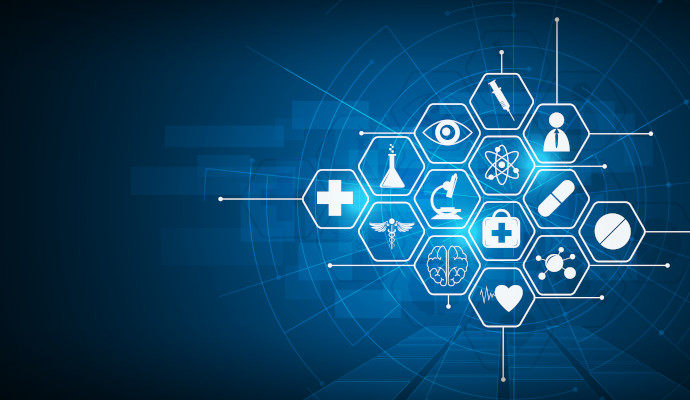Generative Artificial Intelligence Tool May Support Drug Development
Researchers at Ohio State University have developed a generative AI framework that may help accelerate drug design and development.

Source: Getty Images
- Researchers have developed a generative artificial intelligence (AI)-based framework known as G2Retro to automatically generate chemical reactions for given molecules, which could accelerate the drug development process significantly, according to a study published this week in Communications Chemistry.
The study indicates that much of the drug development process relies on a technique called retrosynthetic analysis, or retrosynthesis. Retrosynthesis allows chemists and drug developers to create potential drugs by taking the desired molecules that make up the drug target and working in reverse to identify the chemical reactions that would generate those molecules.
However, there are millions of potential chemical reactions that chemists may need to sift through in order to find the right ones, and this can be both time-consuming and challenging, the researchers explained.
To help make this process more efficient, the research team developed G2Retro.
The tool was trained on 40,000 chemical reactions gathered between 1976 and 2016. Using this dataset, the model takes graph-based representations of each molecule and leverages deep neural networks to identify and generate potential reactant structures that could be used to synthesize that molecule.
To test the tool, the researchers evaluated its ability to predict reactant structures for four already-existing drugs: Oteseconazole, a drug used to treat fungal infections in females; Mitapivat, which is designed to treat hemolytic anemia; Tapinarof, a medication used to treat various skin diseases; and Mavacamten, which is used to treat systemic heart failure.
The research team found that G2Retro was able to both accurately generate the patented synthesis routes used in these drugs and provide feasible, useful alternate synthesis routes.
G2Retro’s processing speed allows it to complete this task more quickly than a human chemist, generating hundreds of retrosynthesis predictions in minutes.
“Our generative AI method G2Retro is able to supply multiple different synthesis routes and options, as well as a way to rank different options for each molecule,” said Xia Ning, PhD, lead author of the study and an associate professor of computer science and engineering at Ohio State University, in a news release detailing the research. “This is not going to replace current lab-based experiments, but it will offer more and better drug options so experiments can be prioritized and focused much faster.”
The researchers noted that G2Retro has multiple limitations, including that it cannot cover all reaction types, and must be validated further in additional research. However, the research team indicated that once validated, a tool like G2Retro could enhance drug development in the future.
“Using AI for things critical to saving human lives, such as medicine, is what we really want to focus on,” said Ning. “Our aim was to use AI to accelerate the drug design process, and we found that it not only saves researchers time and money but provides drug candidates that may have much better properties than any molecules that exist in nature.”
